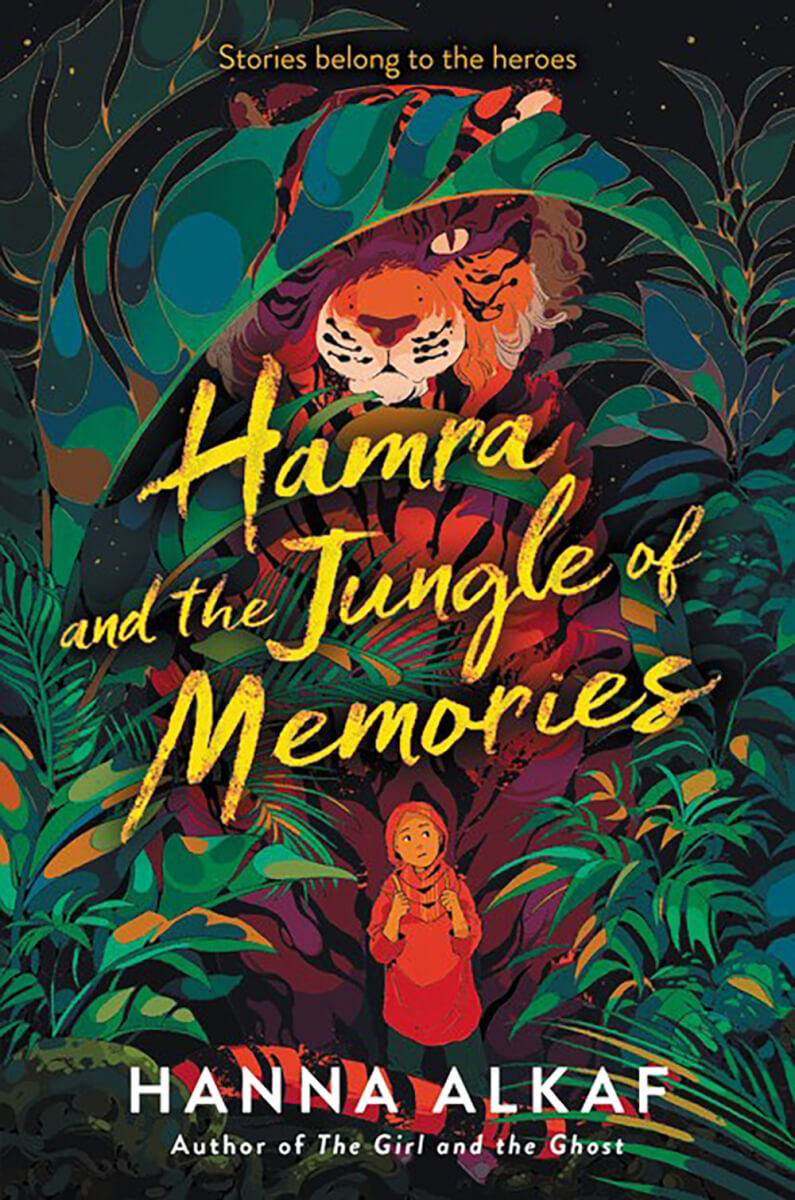A boy and his dog—it’s the beginning of a story that’s been told a thousand times. But when the dog is a Bulgarian elf-hound who magically appears in the woods, the story might be a little different. Elf Dog and Owl Head by National Book Award winner M.T. Anderson, with black-and-white illustrations by Junyi Wu, upends familiar tropes with imagination, poignancy and just enough realism to allow the reader to see themselves in at least one character.
Clay is sick of being stuck in his house with his morose older sister, DiRossi, and obnoxious little sister, Juniper. A global virus has shut down the world, and he hasn’t seen his friends for months. His only escape is to the woods near his house, where he ventures alone—until an amazing white dog comes out of nowhere to protect him from . . . something. “It must have been a bear,” Clay thinks, but was it really?
The beautiful white dog with strange red ears and the name “Elphinore” on her collar follows Clay home, and after some halfhearted searching, it appears that no one is looking for her. Together they begin to explore the depths of the forest. Elphinore leads Clay to places he’s never seen, including past a group of sleeping creatures older than time and to a village filled with owl-headed people, where Clay makes a new friend named Amos. As Clay’s world begins to overlap and clash with these new realms, he must decide where he, Elphinore and Amos all really belong.
Elf Dog and Owl Head is a sly novel, told in a droll, wry cadence that conceals the increasingly fantastic nature of the story. Just as Clay begins to slowly realize the extent of the hidden worlds around him, so does the reader begin to understand the depth of the story being told. Clay, DiRossi, Juniper, their parents and even Amos and his community each relate to different feelings and situations of the real COVID-19 pandemic, thus allowing all readers to see themselves reflected wholly, not just positively, in the book.
Anderson’s world, hauntingly rendered in Wu’s bold crosshatched pencil illustrations, is complex, broken, hopeful and real, even in its most fantastical moments. Like Clay, readers will want to continue to explore, even when they feel afraid to take the next step.


























